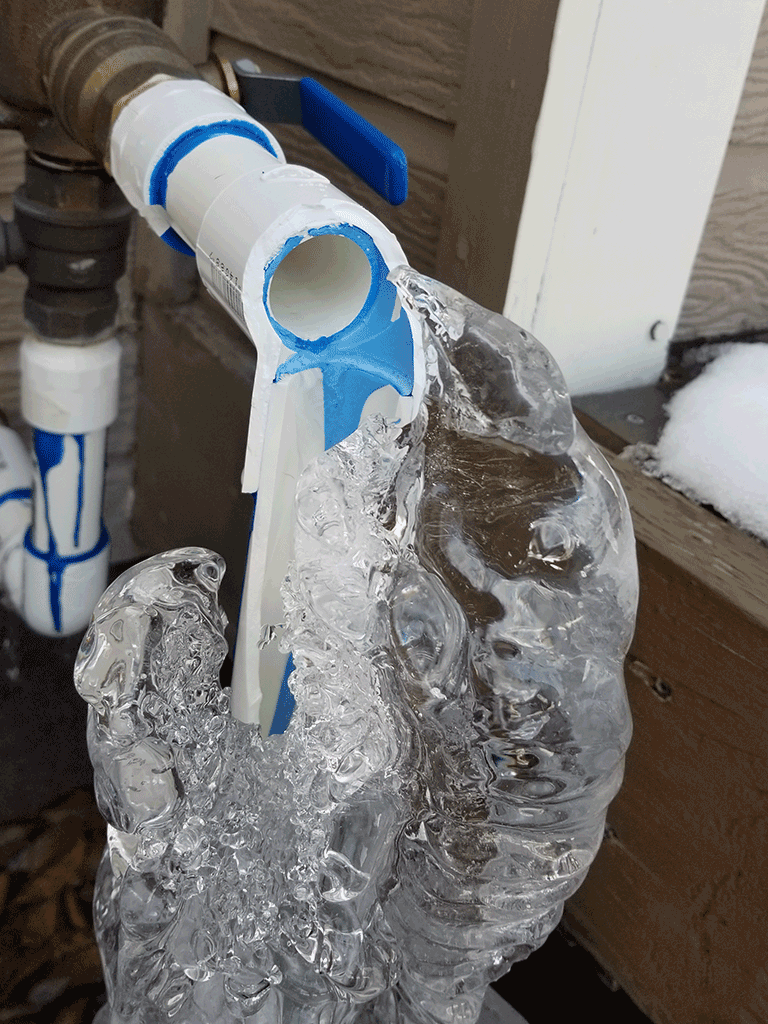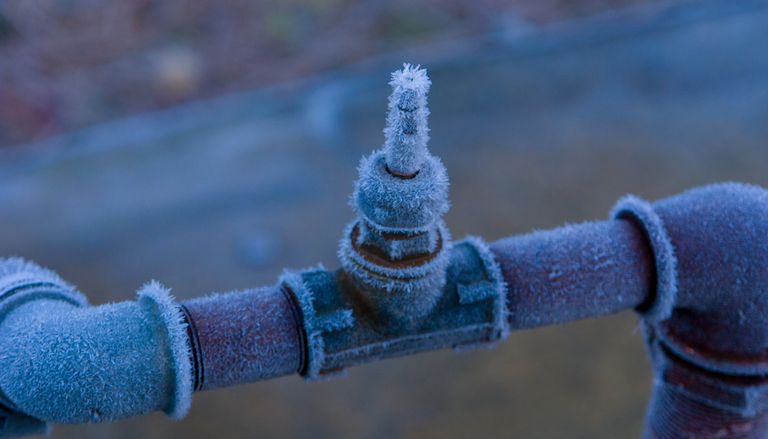Ways to Safeguard Your Pipes from Freezing: Expert Tips
Ways to Safeguard Your Pipes from Freezing: Expert Tips
Blog Article
This article in the next paragraphs pertaining to How to prepare your home plumbing for winter weather is extremely enlightening. Read it for your own benefit and decide what you think of it.

Winter can wreak havoc on your plumbing, particularly by freezing pipes. Here's just how to stop it from occurring and what to do if it does.
Intro
As temperatures drop, the threat of frozen pipes boosts, possibly leading to pricey repair services and water damage. Understanding how to prevent icy pipes is essential for house owners in cool climates.
Prevention Tips
Protecting prone pipes
Wrap pipelines in insulation sleeves or use warm tape to protect them from freezing temperature levels. Concentrate on pipes in unheated or outside locations of the home.
Home heating methods
Maintain indoor rooms effectively warmed, especially areas with plumbing. Open up cabinet doors to enable warm air to circulate around pipes under sinks.
Just how to determine icy pipes
Try to find decreased water flow from taps, uncommon odors or sounds from pipes, and noticeable frost on revealed pipes.
Long-Term Solutions
Structural changes
Think about rerouting pipelines away from outside walls or unheated areas. Include added insulation to attic rooms, basements, and crawl spaces.
Updating insulation
Invest in top notch insulation for pipes, attics, and wall surfaces. Correct insulation assists maintain regular temperatures and decreases the risk of icy pipes.
Securing Outside Plumbing
Yard pipes and exterior faucets
Detach and drain yard hose pipes before wintertime. Set up frost-proof spigots or cover exterior faucets with protected caps.
Understanding Icy Pipelines
What causes pipelines to ice up?
Pipes freeze when revealed to temperature levels listed below 32 ° F (0 ° C) for extended durations. As water inside the pipelines ices up, it increases, putting pressure on the pipeline walls and potentially causing them to burst.
Risks and damages
Icy pipes can cause supply of water interruptions, residential property damage, and costly fixings. Ruptured pipes can flood homes and create comprehensive structural damages.
Signs of Frozen Piping
Recognizing icy pipelines early can stop them from rupturing.
What to Do If Your Pipelines Freeze
Immediate actions to take
If you believe icy pipes, keep faucets available to alleviate pressure as the ice melts. Utilize a hairdryer or towels taken in hot water to thaw pipelines slowly.
Verdict
Stopping frozen pipelines requires positive measures and quick feedbacks. By understanding the causes, indicators, and safety nets, house owners can safeguard their pipes during winter.
5 Ways to Prevent Frozen Pipes
Drain Outdoor Faucets and Disconnect Hoses
First, close the shut-off valve that controls the flow of water in the pipe to your outdoor faucet. Then, head outside to disconnect and drain your hose and open the outdoor faucet to allow the water to completely drain out of the line. Turn off the faucet when done. Finally, head back to the shut-off valve and drain the remaining water inside the pipe into a bucket or container. Additionally, if you have a home irrigation system, you should consider hiring an expert to clear the system of water each year.
Insulate Pipes
One of the best and most cost-effective methods for preventing frozen water pipes is to wrap your pipes with insulation. This is especially important for areas in your home that aren’t exposed to heat, such as an attic. We suggest using foam sleeves, which can typically be found at your local hardware store.
Keep Heat Running at 65
Your pipes are located inside your walls, and the temperature there is much colder than the rest of the house. To prevent your pipes from freezing, The Insurance Information Institute suggests that you keep your home heated to at least 65 degrees, even when traveling. You may want to invest in smart devices that can keep an eye on the temperature in your home while you’re away.
Leave Water Dripping
Moving water — even a small trickle — can prevent ice from forming inside your pipes. When freezing temps are imminent, start a drip of water from all faucets that serve exposed pipes. Leaving a few faucets running will also help relieve pressure inside the pipes and help prevent a rupture if the water inside freezes.
Open Cupboard Doors
Warm your kitchen and bathroom pipes by opening cupboards and vanities. You should also leave your interior doors ajar to help warm air circulate evenly throughout your home.

Do you enjoy reading about How To Avoid Freezing Pipes? Give a comment below. We would be glad to see your ideas about this page. Hoping that you come back again soon. Sharing is caring. Helping others is fun. Thank you so much for taking the time to read it.
Schedule Your Service Report this page